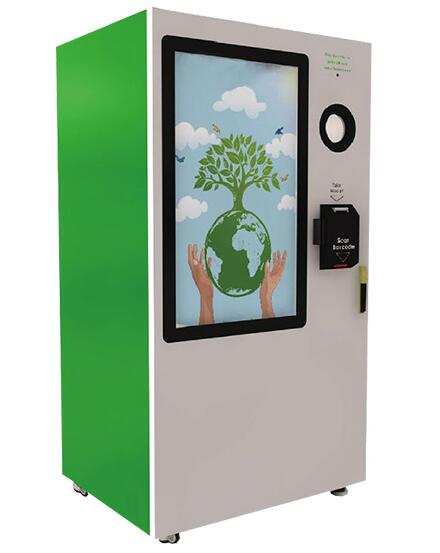Dec. 09, 2021
Most of us don't think much about recycling. We may clean bottles and cans, crush cardboard boxes and break down boxes. We may sort them into designated bins or bags, but once we ignore the recyclables, the rest of the process is abstract. Recycling makes us feel good, but few of us know what actually happens when we put plastic bottles in the trash.
What happens is that the bottle enters a complex global system in which its plastic is sold, transported, melted, resold and transported again - sometimes zigzagging around the planet before becoming carpet, clothing or repeating the life of the bottle. This process is possible because plastic is a stubborn substance that resists decomposition. Assuming a lifespan of more than 500 years, it's safe to say that every plastic bottle you've ever used exists in some form somewhere on the planet.
Recycling can be a fairly long process. It's not like you put it in your trash and then suddenly it becomes a new thing.
The first stop for recycling, called a "dump," is where trucks unload in a room the size of a soccer field, filled with about 1,000 tons of recyclables.
A giant crane, dwarfed by the piles of waste material in the huge room, picks up the trash and tosses it onto a conveyor belt. Bags of recyclables are brought to the conveyor belt by trucks and barges and then torn apart by machines that slice each bag open. Unfortunately, the bags themselves can't be recycled - they're too dirty, so they end up in landfills. Even recyclable plastics are difficult to dispose of if they are not cleaned properly. That's why we're calling for "rinsing our recyclables. The cleaner the plastic bottle, the easier it is to turn it into something new.
From the vast floor, recycling hopefuls move along a complex automated assembly line of conveyors, rollers, metal detectors and even some manual sorting machines to sort by commodity. The conveyor system first sorts the glass within two minutes. Metal is then extracted by magnet or other means. Thick and unruly plastics (#2), such as high-density polyethylene HDPE (a fancy name for your laundry detergent containers), are compressed into large colorful pieces and then tied into bundles with string. Finally, the used plastic beverage bottles (#1) are gathered into a stream. From start to finish, a plastic bottle spends less than 30 minutes on the conveyor belt.

We started outside the plant, where bundles of bottles are unloaded from trucks by forklift, broken up, and dropped onto a conveyor belt inside. Loose bottles are pre-washed to separate them from any trash and debris. The bottles are then sent to a laser sorter where the beam detects the difference between clear plastic and green plastic. The machine then transfers the bottles to the correct color transfer system. The bottles are washed in a hot, soapy mess, heated enough to get their labels and caps off.
The bottles are then ground into cornflake sized pieces, washed and dried again, and heated again to remove any contaminants. The recycled plastic bottle flakes (rPET) are shipped to manufacturers in the U.S., China and elsewhere for use in making carpet or polyester fabrics - even teddy bear stuffing.
Making a new bottle, however, is slightly more complicated. Plastic flakes must be sterilized and tested to meet food-grade standards. This means the plastic flakes are melted, squeezed into a liquid plastic ribbon, and then molded into smooth, rice-grain-sized pieces. These small pellets are sold to manufacturers as the raw material for take-out food containers and, of course, plastic bottles.
The plastic pellets are shipped to beverage companies where they are melted again, injected into preform molds, and then stretched and blown into plastic beverage bottles, often filled on site. From here the filled bottles are shipped to stores - ready to be purchased again. Only a few companies use entirely recycled plastic.
PepsiCo buys nearly half of all bottle-grade rPET sold in the United States. Their average beverage bottle (including Aquafina brand water) uses at least 10% rPET. interestingly, Pepsi does not advertise the use of any post-consumer content on their labels. One reason is that they can't guarantee the exact amount contained in each batch of bottles; another is consumer apathy. "Consumers don't seem to care that much," said Tim Carey, Pepsi's senior director of sustainability. "It may never affect their buying decisions." Still, the company would like to use more recycled material in each bottle, but is limited by supply. "There's not enough rPET available. If there were more products on the market, we could put more in," Carey says.
In other words, there aren't enough used plastic bottles going into the recycling system.
Considering that plastic can survive for more than five centuries, people in the future may conclude that our culture likes this versatile material that is everywhere and from which many items in our homes are made. They may be surprised at how much we bury in the garbage. People of the future will see landfills as gold mines, full of resources, wondering what we were all thinking.